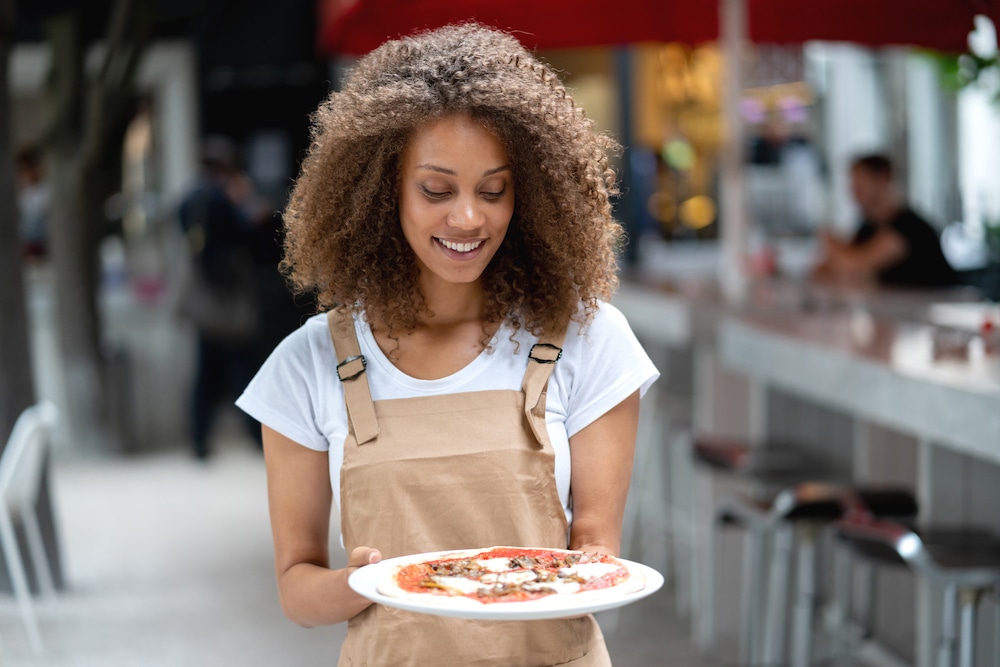- Restaurants, bars and similar businesses owned by women account for roughly half of the RRF grant applications thus far received, the SBA said.
- Socially and economically disadvantaged individuals account for 30,800 applications, while 4,200 applications have been filed by veteran-owned businesses.
Related: Despite booming sales, Domino’s has a vexing problem to solve
The Small Business Administration (SBA) has received more than 186,000 applications for the Restaurant Revitalization Fund since its launch on Monday, according to SBA Administrator Isabella Casillas Guzman.
Applications have come in from all 50 states and the District of Columbia, including 97,600 from restaurants, bars and similar businesses owned and controlled by women (46,400), veterans (4,200), socially and economically disadvantaged individuals (30,800), or some combination of the three (16,200). All of these groups will be prioritized for funding during the first 21 days of the program. Following the 21-day period, all eligible applications will be funded on a first-come, first-served basis.
Additionally, 61,700 applications have been submitted by operators with under $500,000 in annual pre-pandemic revenue, representing some of the smallest restaurants and bars in America, an SBA press release states.
To further ensure the equitable distribution of relief, $9.5 billion in set-asides have been established for the smallest restaurants and bars—including millions of dollars for restaurants, bars and food trucks with under $50,000 in revenue.
Related: This food writer names the best states for pizza in the U.S.
The $28.6 billion program, signed into law by President Joe Biden as part of the American Rescue Plan, provides economic aid to restaurants and other establishments struggling to make ends meet as a result of the pandemic.
Approved applicants should expect an average of 14 days for processing, review, approval and funds distribution. Those interested in applying to the program should visit sba.gov/restaurants for a sample application, program guide and more. The application window will remain open until RRF funds have been fully exhausted.
“Our nation’s restaurants have been among the first and worst hit by this pandemic, which is why we’ve been working as fast as possible to meet businesses where they are and get this much-needed relief into their hands,” Guzman said. “As directed by Congress, we’re prioritizing historically underserved communities and smaller businesses to ensure this relief is going to those who need it the most. At the SBA, we know that our nation’s restaurants help propel our economy and sustain our neighborhoods and communities, and we will continue to work hard to ensure they get the resources they need to recover, rebuild and become resilient.”
In the weeks leading up to the opening of the RRF program, the SBA engaged with hundreds of thousands of entrepreneurs in hundreds of webinars and events held in multiple languages to make sure they were ready to apply. To support demand for this funding opportunity, the SBA expanded the RRF ecosystem to include point-of-sale vendors, providing more ways for eligible restaurants to take advantage of the program.
As outlined by Congress, restaurants and bars are eligible for economic aid equal to their pandemic-related revenue loss, with a cap of $10 million per business and $5 million per location. The funds are available for certain eligible uses, like payroll and rent.















